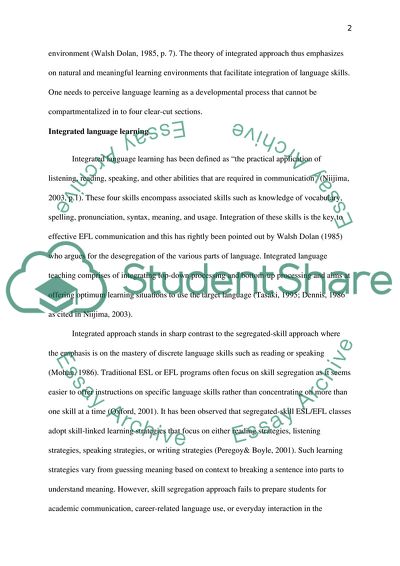Cite this document
(Successful Integration of Reading and Writing Research Paper, n.d.)
Successful Integration of Reading and Writing Research Paper. Retrieved from https://studentshare.org/education/1842857-integrated-language-skills-integrated-language-learning-and-integrated-language-teaching
Successful Integration of Reading and Writing Research Paper. Retrieved from https://studentshare.org/education/1842857-integrated-language-skills-integrated-language-learning-and-integrated-language-teaching
(Successful Integration of Reading and Writing Research Paper)
Successful Integration of Reading and Writing Research Paper. https://studentshare.org/education/1842857-integrated-language-skills-integrated-language-learning-and-integrated-language-teaching.
Successful Integration of Reading and Writing Research Paper. https://studentshare.org/education/1842857-integrated-language-skills-integrated-language-learning-and-integrated-language-teaching.
“Successful Integration of Reading and Writing Research Paper”, n.d. https://studentshare.org/education/1842857-integrated-language-skills-integrated-language-learning-and-integrated-language-teaching.


